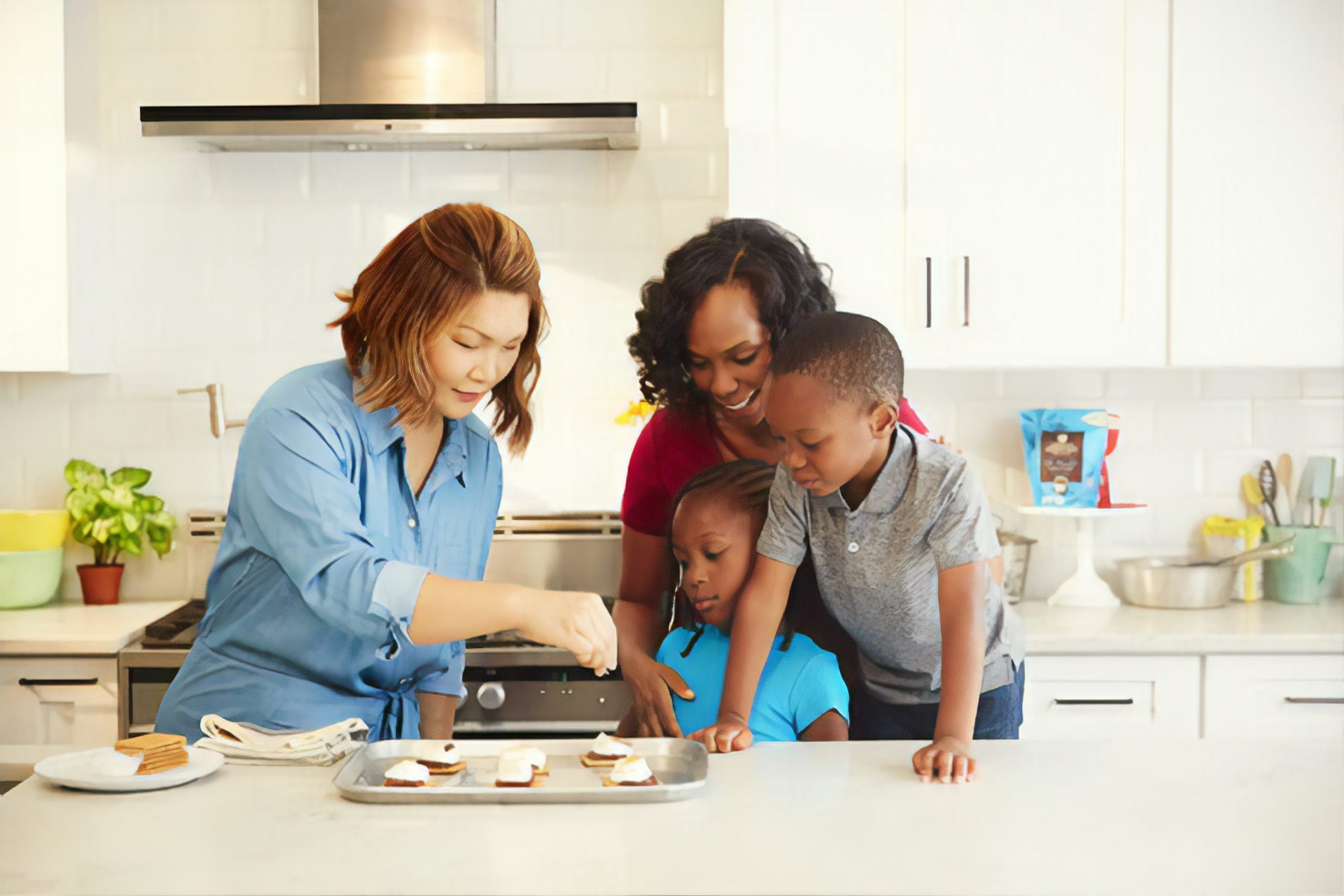 Image by PublicDomainImages from Pixabay
Image by PublicDomainImages from Pixabay
Baking dinner rolls or as the local bakery calls it - Bun
Bread is the perfect addition to any meal and one of the best comfort foods I have come across so far, which is why I eat bread on all occasions. When my stomach is upset, toasted bread soothes and satisfies my hunger. When there is leftover gravy of ghee roast, I find a slice of bread a better option than roti. In addition to all this, bread is my excuse to eat peanut butter and jam.
As you can imagine, I was devastated when the bakeries shut down during the lockdown, because I was left without bread. And so, my mother and I decided to embark on a journey to perfect baking dinner rolls and bread from scratch.
Here are some of the tips I picked up as I baked along with my mother.
Good yeast yields soft and airy dinner rolls

Mom is particular about the quality of yeast as any other good baker. If the yeast does not look frothy after activation in warm water and sugar, she discards it and restarts the process. But once it activates well, it is kneaded with the rest of the ingredients.
Even dough needs to rest
When the dough holds its shape when stretched, mom stops kneading. It is covered with a cloth and set aside to rest. One of the reasons why mom’s dinner rolls are light and airy is because she allows the dough to rest for the prescribed intervals.
At the end of each interval, the dough doubles in size because of the yeast. Mom sprinkles the top with nuts, sesame seeds, spices, or dehydrated herbs like thyme, parsley, coriander, or oregano. Most days, we add cinnamon to the dough for its aroma and sweetness.
Finally, the dinner rolls are brushed with milk and egg and placed in the oven for 20 to 30 minutes at 180 degrees Celsius. The aroma of baked bread is a good indicator that it is ready.
Mom’s tips for perfecting dinner rolls
- Use mildly warm water for activating the yeast. If the water is too warm, it ruins the yeast.
- Add salt to the flour only after stirring in the yeast.
- When resting the dough, keep it in an enclosed place with a bowl of boiling water underneath. The steam from the water will make the dinner rolls soft and prevent it from drying.
- Place a bowl of water in a lower rack of the oven while baking.
- Using milk, butter, and eggs gives the dinner rolls a better consistency.
- To get a perfectly browned top, use a mix of egg and milk for brushing instead of butter.
How to make plain dinner rolls
 Stages of making dinner rolls
Stages of making dinner rolls
Ingredients needed:
- 2 tsp Yeast
- 2 tbsp Sugar
- 1 ½ cup Plain flour
- 1 cup Milk or Water (use only ½ cup milk if you decided to use egg)
- 3 tbsp Oil or Butter
- 1 Egg (optional)
- ¼ tsp Salt
- 1 small potato, boiled and mashed (optional)
- Spices: Cinnamon, oregano, sesame seeds or dehydrated herbs (optional)
Method:
- In a bowl of mildly warm water, stir the sugar and yeast and leave it covered. After a few minutes, it will turn frothy.
- Sift the flour in a large mixing bowl. Add milk, egg, butter (or oil), and the activated yeast; stir well before adding salt.
- Knead the dough until it comes off the sides of the bowl into a smooth ball. The consistency should be looser than chapathi’s dough.
- Cover with a cloth (cotton or muslin) and rest it in an enclosed space for an hour. Place a bowl of boiling water under the dough for added softness.
- After an hour, it will double in size. Knead it while punching out the air completely, and keep it covered for 30 minutes.
- Punch out the air in the doubled-up dough and knead it. Add the mashed potatoes at this stage for flavor (I only tried this once).
- Shape the dough into small balls. With both hands, gently pull the top of each dough ball, and tuck it at the base. Gently roll the dough and place it in a prepared baking dish. Cover and allow it to rest for another hour. Make sure the water in the bowl is still hot.
- Preheat the oven at 180 degrees Celsius. Brush the dough with butter or milk and egg and bake for 20 to 30 minutes. Make sure you place a bowl of water in a rack below.
- When the top of the dinner roll turns golden brown, it is ready.
Masala bun
Masala bun holds a special place in my heart. This is the reason why we always bake a large batch of masala buns as I eat far too many every single time. The taste of onions and the spiciness from chili makes it a perfect tea time snack.
How to make it:
Using the same ingredients and process as above, we prepare the dough. But instead of milk and egg, mom uses water to knead, and it still turns out perfectly soft. Unlike the process used for regular dinner rolls, she also skips the step of introducing steam in the resting period.
For the masala, she prefers using:
- Finely chopped onions and garlic
- A pinch of garam masala
- Chilli flakes
- Pepper
- Powdered cumin seeds
- Powdered fennel seeds
- Oregano or Ajwain
The oregano used was made from scratch using a simple recipe, which requires dried tulsi, ajwain leaves, and garlic along with some chili flakes, salt, and ajwain. After powdering them coarsely in a mixer, the oregano is ready for use.
The ingredients for the masala are sautéed and cooled. Before the last resting interval, this masala is kneaded with the dough and then covered and allowed to rest. It is brushed with milk and baked at 180 degrees Celsius for 20 minutes. Masala bun tastes best when it is hot.
Stuffed dinner rolls
Eating stuffed dinner rolls is like receiving gifts from a Secret Santa on Christmas. It never fails to bring me delight with its explosion of flavor, aroma, and a combination of textures that I experience in every bite. I fell in love with stuffed dinner rolls when I was nine years old, and now, thanks to my mother, I know how to make one for myself when the craving hits. The way to make it is quite simple, as it follows the same method used for plain dinner rolls.
For the filling, mom recommends using:
- Finely chopped onion and garlic
- Finely chopped carrot, capsicum, cabbage
- Spices: garam masala, chili flakes, pepper, cumin powder
- Minced chicken or meat
- Salt
The vegetables, minced meat, and spices are sautéed and cooled. To each flattened portion of dough, a little stuffing is placed at the center and closed. After rolling it into a ball, it is rested for an hour, brushed with milk, and baked for 20 minutes at 180 degrees Celsius.
Baking dinner rolls without an oven - A stovetop disaster
On a few occasions, when mom wasn’t up to making a large batch of dinner rolls, she tried baking on the stove. The ingredients, process, and baking duration were the same as before, but the outcome was far from desirable.
Dinner rolls in a pressure cooker
An empty cooker was preheated with a stand placed inside. A small baking vessel, with the dough, was placed on top of it. And the gasket of the lid was removed before closing the cooker.
Issue 1: No matter how much the heat was adjusted, the base of the cooker burnt a little, and the smell transferred to the dinner roll. Surprisingly, the consistency and color of the dinner roll were perfect.
Issue 2: The second time, she added table salt to the bottom of the cooker. While the dinner roll turned out well, the salt just clumped and burnt, and the burnt smell transferred to the dinner roll.
The taste and texture in both cases were perfect, it was only the smokey flavor that made it seem odd.
Dinner Rolls in an idli cooker
After the failed experiments with the pressure cooker, Mom opted for an idli cooker in the hopes of a better outcome. But this turned out to be a bigger disaster than the pressure cooker experiment. The dinner roll burnt at the base, and the smoky smell was unbearable. The consistency was weirdly sticky, which stuck to my teeth and the roof of my mouth like bad quality candy. It finally ended up in the bin.
Lessons from the bread journey
Having baked alongside my mother since the lockdown, I can now say that baking bread does not terrify me. Even with setbacks, I am learning to introspect and rectify, rather than quitting. Now I look forward to Saturdays, which has become the official Bread Baking Day. My cat loves Saturdays as well and claims a spot under the table while waiting for his share of bread.
I hope the tips and tricks in this blog help you on your bread baking journey. Here’s to many more days of baking.
Understand why every bread tastes different and how little details in the technique matters - click here to see more.










